The power an email holds is far beyond. Emails still remain the dominant form of digital communication.
Every day, a new platform comes into the picture. However, the biggest question is—can these new platforms match the level of emails? The answer is: A Big No!
Despite the emergence of several platforms, email continues to hold a strong position. This is because of its accessibility, reliability, and ability to handle large volumes of information efficiently, making it difficult for other platforms to fully replace its functionality.
It is the channel that helps you connect with your target audience on a “personal level.”
In this article:
- Evolution of B2B Email Marketing
- Emerging Trends Shaping the Future
- Hyper-Personalization & AI-Driven Content
- Informational Over Promotional
- A Privacy-First Email Strategy
- Transparent & Open Communication
- Mobile Optimization & Interactive Content
- Multichannel Integration
- The Rise of Generative AI
“Email is the most direct, personal communication channel we have.” — Ben Chestnut, Former CEO of MailChimp
A recent study says 86% of business professionals prefer email for business communications over other channels.
With the revolutionization of B2B Email Marketing, this number is only going up.
The integration of AI, automation, and personalization in email marketing will transform it into a more efficient, effective, and personalized platform for reaching customers.
So, let’s dive into the intricacies of “The Future of B2B Email Marketing.”
Evolution of B2B Email Marketing
To explicitly understand the future trend of B2B Email Marketing, the first step is to understand the traditional and current patterns.
Traditional B2B Email Marketing
Imagine receiving a generic email without your name or relevant content—it doesn’t align with your needs or pain points.
Focus: Generic outreach, bulk emails, limited personalization
Content: Promotional messaging (direct selling)
Performance Metrics: Mostly downtrend in open and click rates
Technology: Basic ESPs with limited features
Example: Sending a general announcement email to a large list of potential clients.
The Current State of B2B Email Marketing
Visualize this: you’re struggling to find your target audience. The next morning, you get a personalized email that addresses your exact challenge.
Focus: Personalized, targeted messaging; relationship building
Content: Tailored to specific buyer personas
Performance Metrics: Higher open and click rates due to relevance
Technology: Advanced email marketing platforms with automation and analytics
Example: Sending a personalized email based on industry, role, and past behavior.
Emerging Trends Shaping the Future
Through advancements like AI, personalization, and automation, B2B Email Marketing is enhancing, uplifting, and driving growth.
Personalization is evolving into hyper-personalization. Manual tasks are being automated. Below are the key emerging trends defining the next era of B2B email marketing.
1. Hyper-Personalization & AI-Driven Content
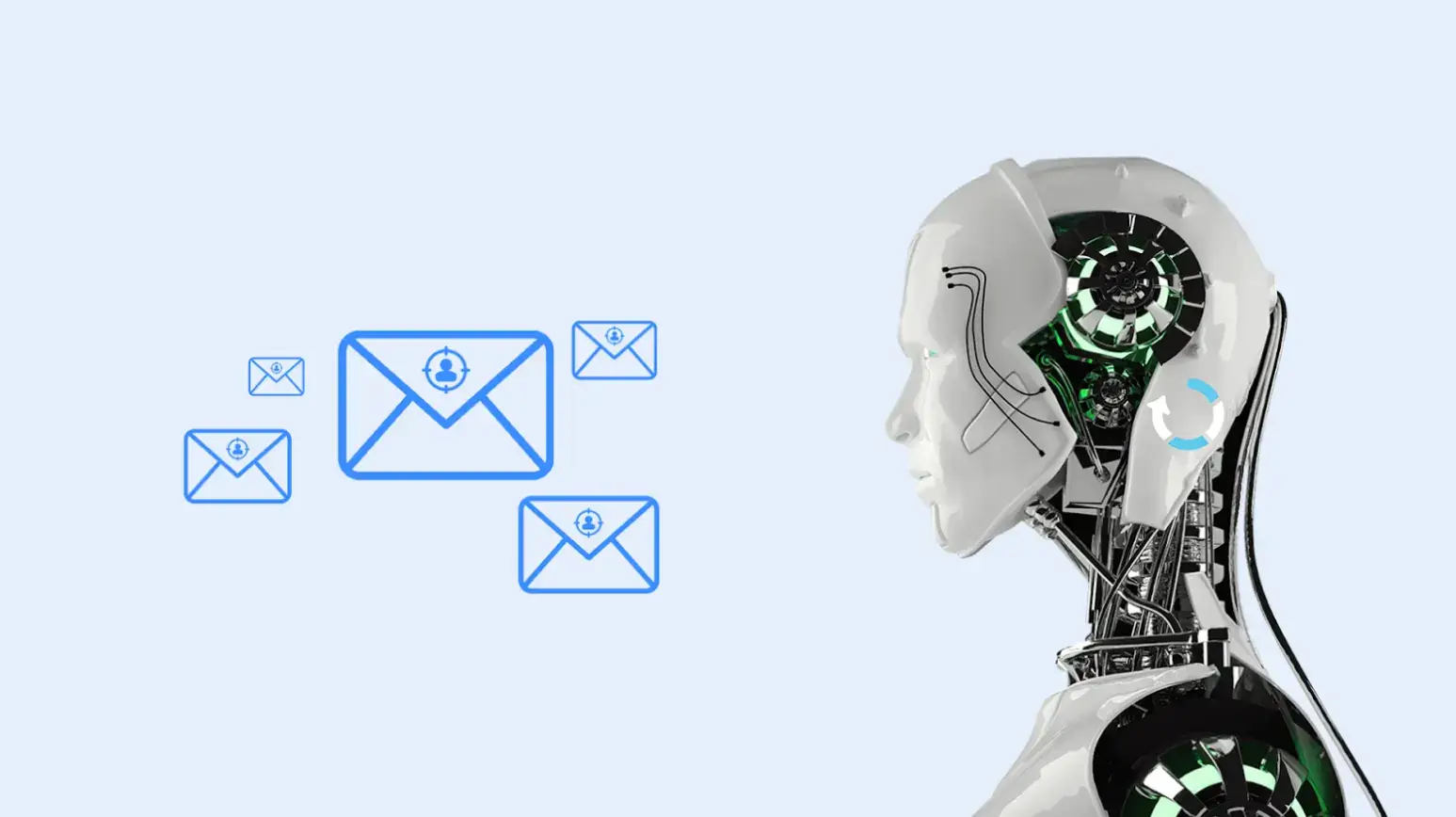
The future of B2B email marketing moves beyond personalization to hyper-personalization, using AI and data to create individualized experiences.
A study found that 86% of companies report increased business results from hyper-personalization.
Additionally, focus on email segmentation. Segment audiences by interests, behavior, and preferences to create high-converting, relevant campaigns.
2. Informational Over Promotional
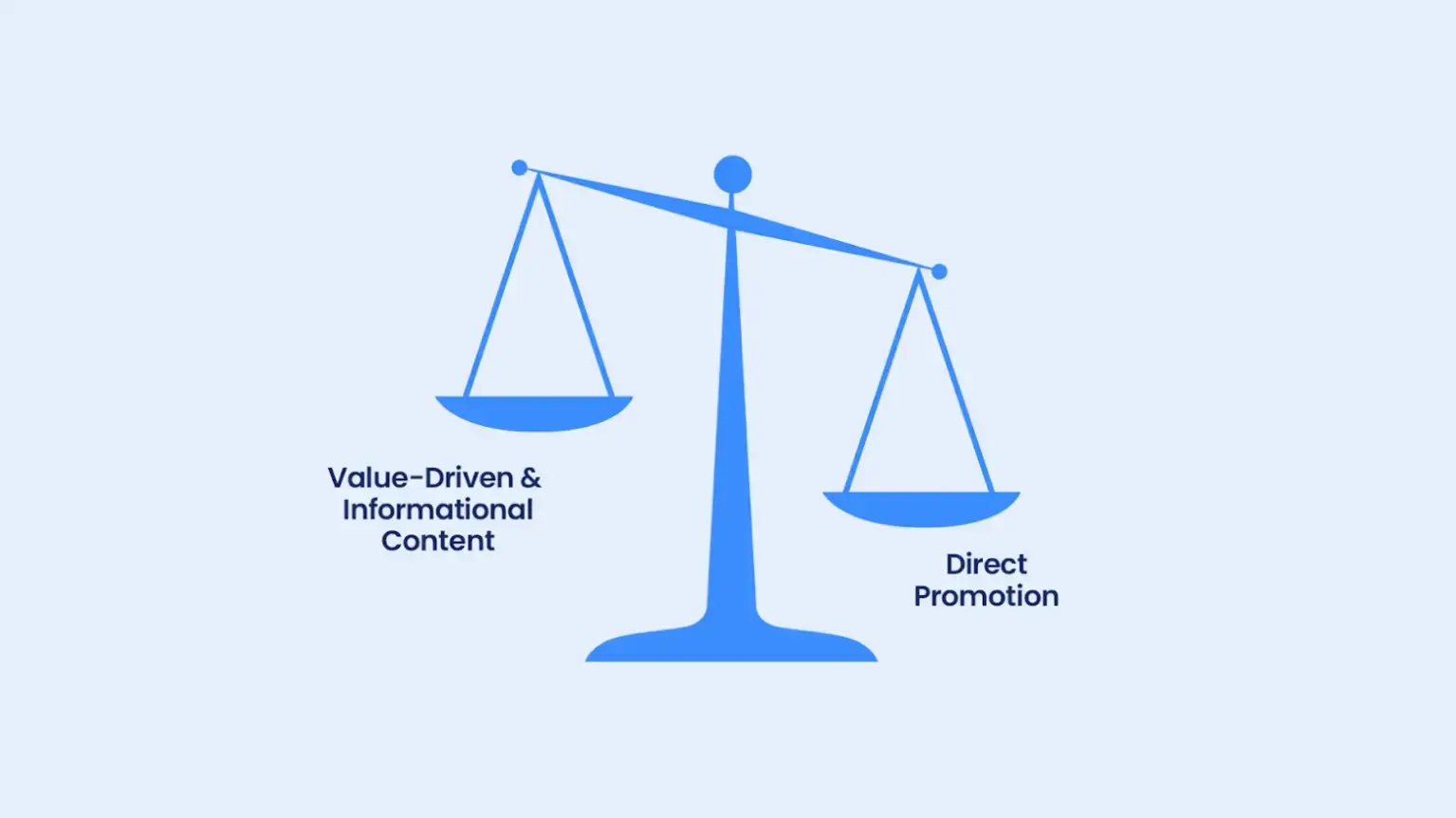
In the future, B2B emails will shift from selling to educating.
Providing useful, engaging, and practical insights helps position your brand as a trusted authority.
For example, instead of simply saying “Buy now,” include real-life use cases, guides, or video demos showing product value.
3. A Privacy-First Email Strategy
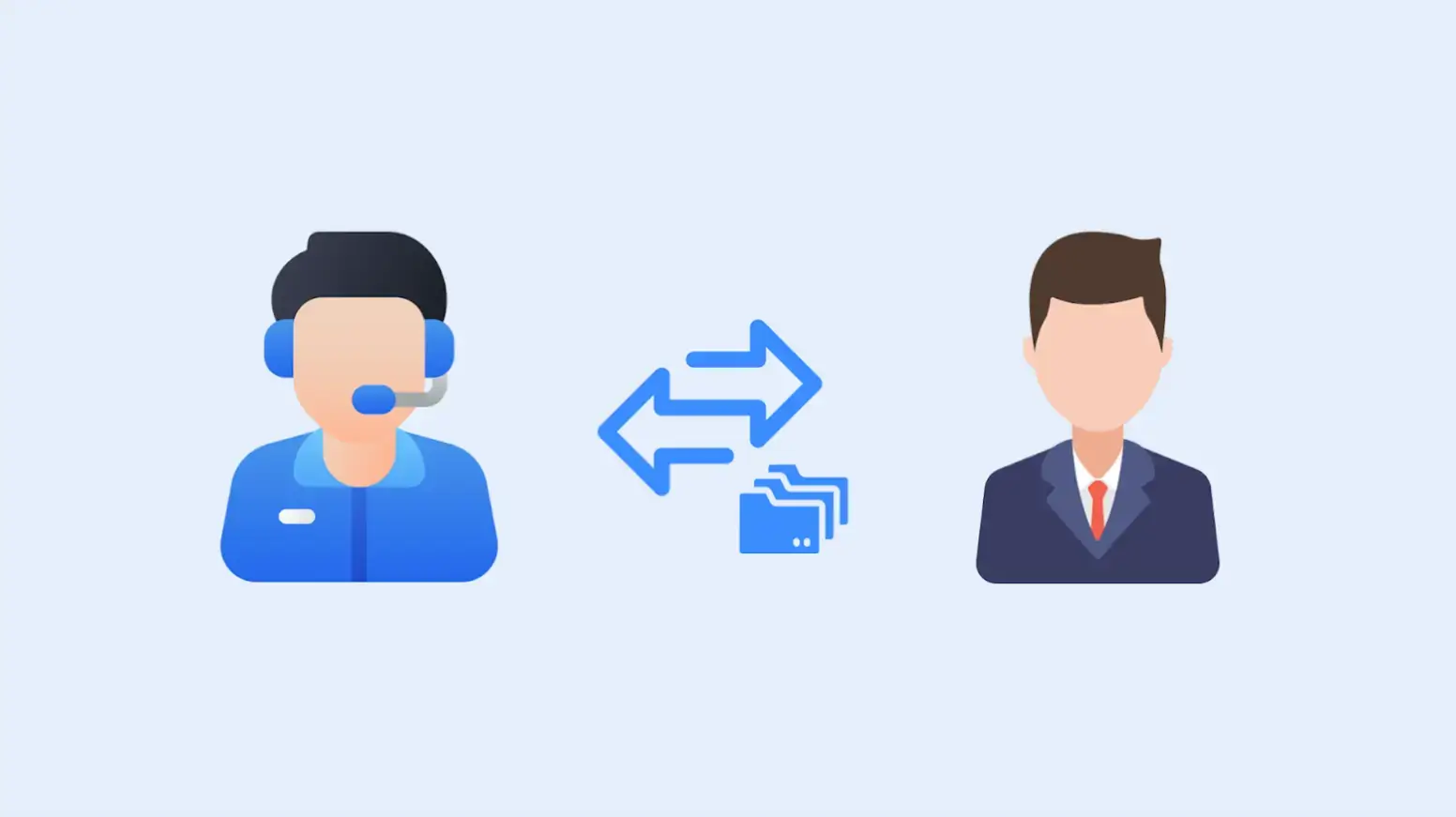
The privacy-first approach shifts from third-party data collection to direct, consent-based information sharing.
Always obtain explicit consent and collect only essential data. Transparency builds trust and reduces privacy risks.
4. Transparent & Open Communication
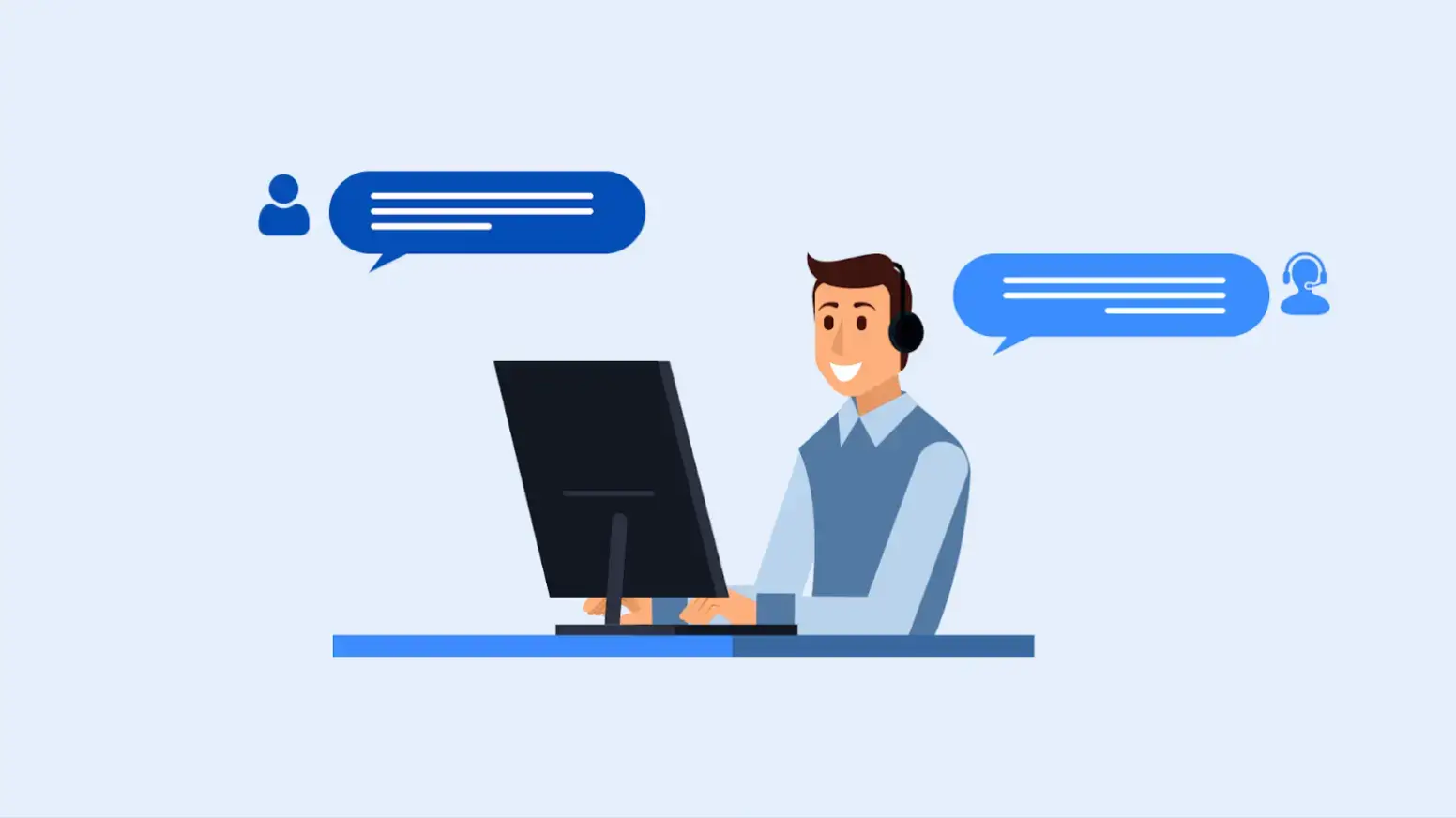
Transparency and honesty are essential for long-term trust.
Authentic communication about your products, values, and practices helps your business stand out and foster loyalty.
5. Mobile Optimization & Interactive Content

Nearly 49% of emails are opened on mobile phones, making responsive design crucial.
Interactive elements like surveys, quizzes, and embedded videos improve engagement and data collection.
Tips for mobile optimization:
- Design for smaller screens
- Use large, tappable buttons
- Ensure responsive layouts
- Keep content concise
6. Multichannel Integration
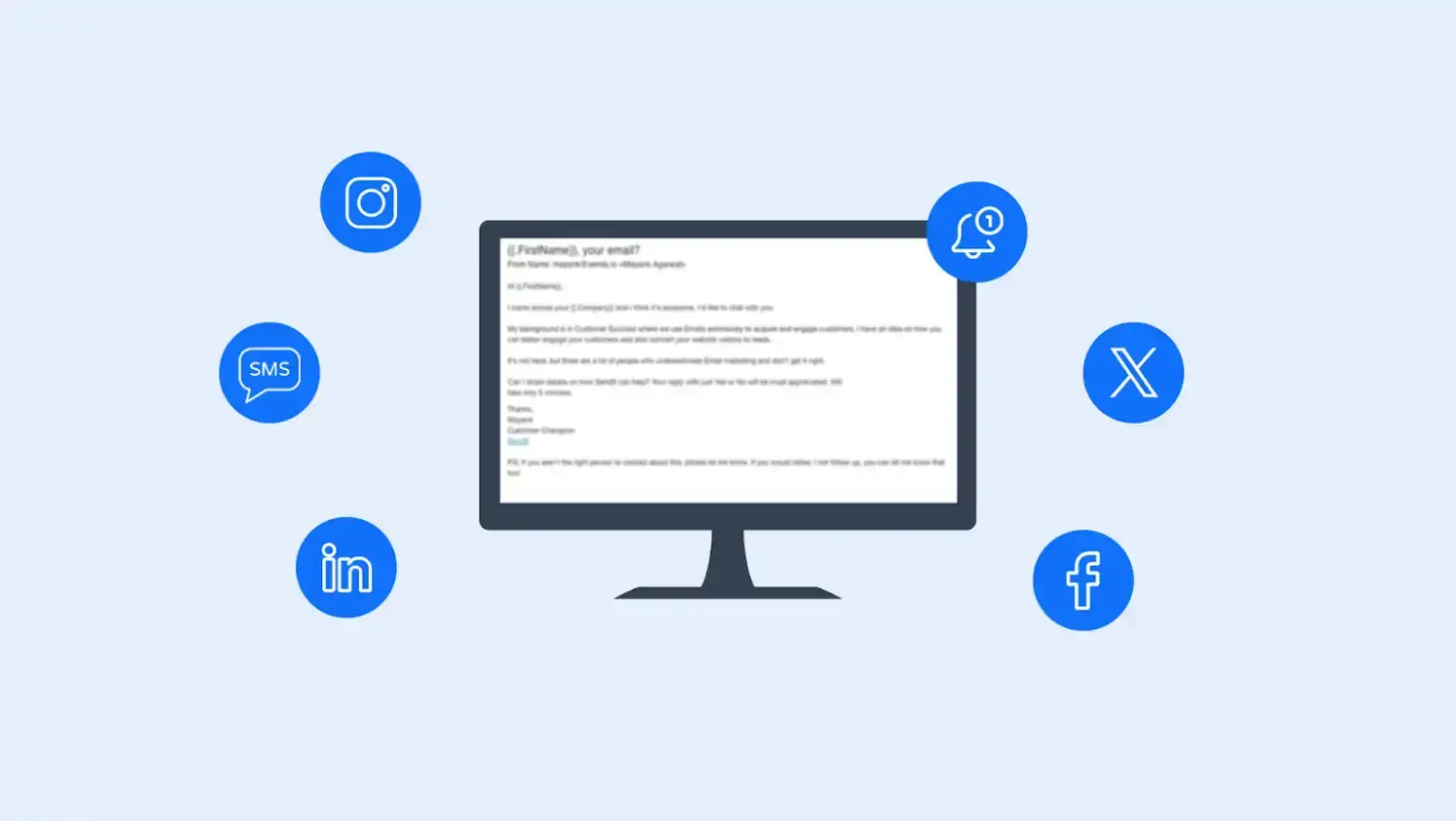
Integrate emails with other channels—social media, SMS, push notifications—for a unified customer experience.
This “Omnichannel Marketing” approach creates consistent customer journeys and improves conversion rates.
Use platforms like SocialPilot or integrate with CRM tools to centralize customer data and enhance targeting.
7. The Rise of Generative AI
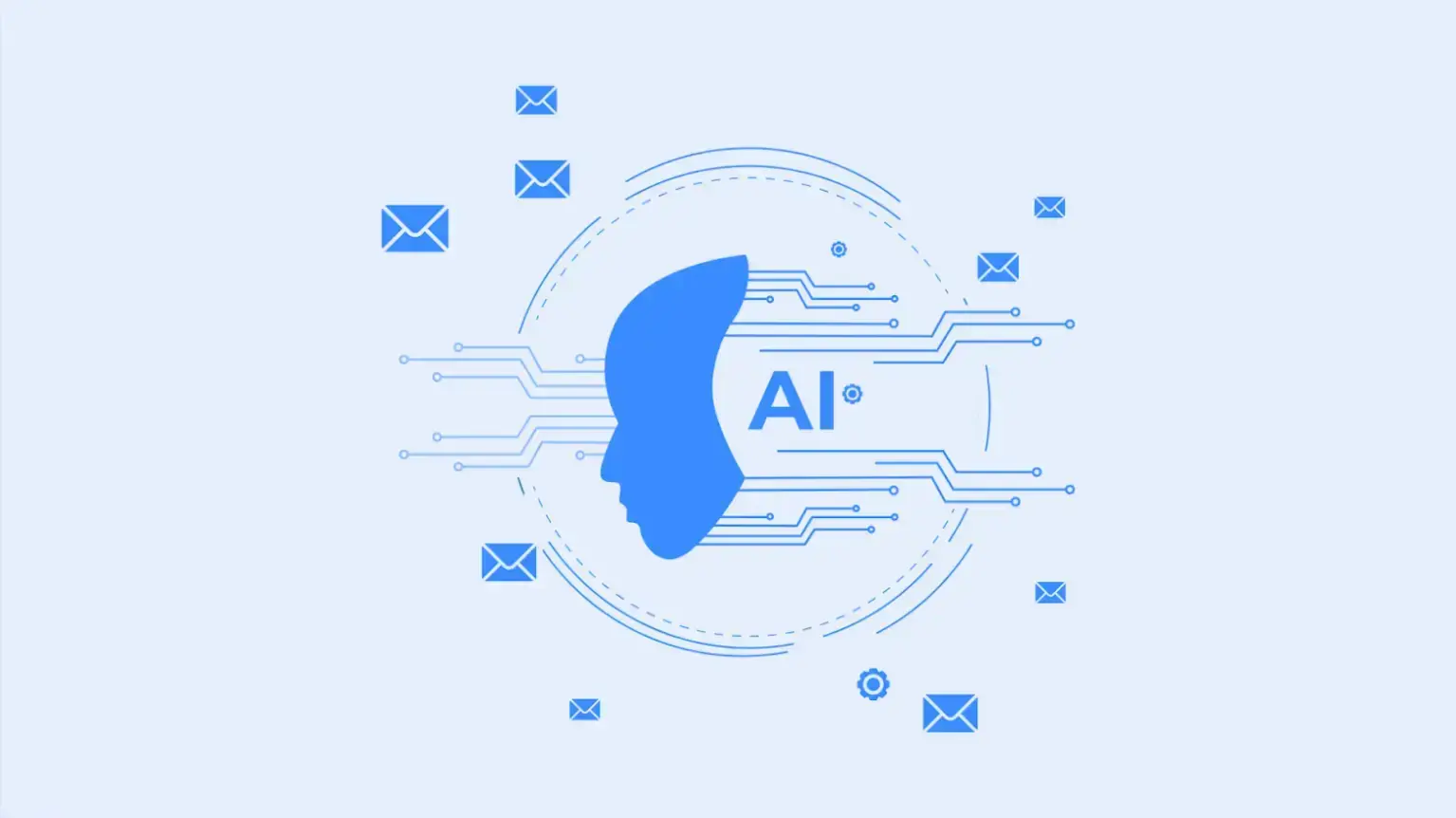
AI is transforming B2B Email Marketing by automating content creation, testing, personalization, and workflows.
Key AI contributions:
- Personalization: Analyzes user behavior for customized content and timing
- Segmentation: Improves targeting precision
- Send-time optimization: Increases open rates
- Workflow automation: Handles repetitive tasks efficiently
- Content creation: AI tools like ChatGPT generate subject lines and dynamic copy
Results
Improved Email Deliverability — AI helps avoid spam filters and ensures messages reach the inbox.
Increased ROI — Personalized, data-driven emails boost engagement and conversions.
Wrapping Up
According to a recent study, Email marketing provides an ROI of 4400%, or let’s say $44 for every $1 invested. It is the most effective channel used by the majority of marketers and businesses.
If you’re looking to start an email marketing campaign, this is the right time. As the AI tools are in the market, you can streamline all your workflow processes.
The future of B2B Email Marketing is going to be fast, impactful, and effective.
“A combination of human and AI for email marketing is the way to achieve optimal outcomes.”
Frequently Asked Questions
1. How will B2B Email Marketing in the future look?
It will be interactive, personalized, and mobile-first, balancing technology, creativity, and strategy.
2. What are the best practices for B2B email content creation in 2025?
- Write engaging subject lines
- Align content with audience pain points
- Optimize send times
- Avoid spam triggers
3. Can we use both Predictive and Generative AI in email marketing?
Yes. Predictive AI forecasts customer behavior, while Generative AI uses that insight to craft tailored messages.
4. Why is a high-quality email list vital for the future of email marketing?
A clean, high-quality email list ensures you reach engaged, receptive audiences—boosting deliverability and response rates.
5. Is a high-quality email list enough for success?
Not entirely. Combine it with segmentation, personalization, and engagement strategies for competitive advantage.


